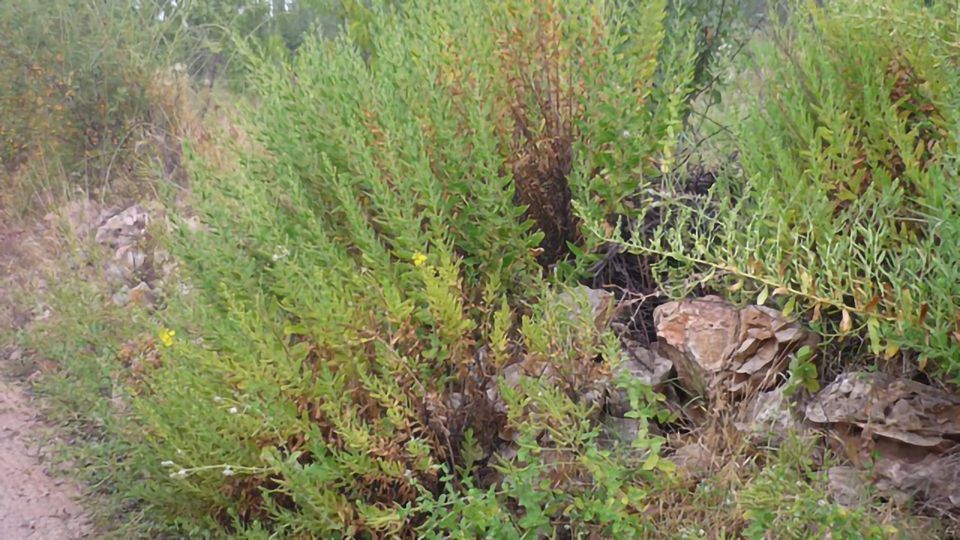Compound Isolated From Medicinal Plant Kills Brain-Eating Amoebae in the Lab

Complete the form below to unlock access to ALL audio articles.
Primary amoebic meningoencephalitis (PAM), a deadly disease caused by the “brain-eating amoeba” Naegleria fowleri, is becoming more common in some areas of the world, and it has no effective treatment. Now, researchers reporting in ACS Chemical Neuroscience have found that a compound isolated from the leaves of a traditional medicinal plant, Inula viscosa or “false yellowhead,” kills the amoebae by causing them to commit cell suicide in lab studies, which could lead to new treatments.
PAM, characterized by headache, fever, vomiting, hallucinations and seizures, is almost always fatal within a couple of weeks of developing symptoms. Although the disease, which is usually contracted by swimming in contaminated freshwater, is rare, increasing cases have been reported recently in the U.S., the Philippines, southern Brazil and some Asian countries. Amphotericin B is the most common therapy given to those with the infection. It can kill N. fowleri in the lab, but it isn’t very effective when given to patients, likely because it cannot cross the blood-brain barrier. Ikrame Zeouk, José Piñero, Jacob Lorenzo-Morales and colleagues wanted to explore whether compounds isolated from I. viscosa, a strong-smelling plant that has long been used for traditional medicine in the Mediterranean region, could effectively treat PAM.
The researchers first made an ethanol extract from the herb’s leaves, finding that it could kill N. fowleri amoebae. Then, they isolated and tested specific compounds from the extract. The most potent compound, inuloxin A, killed amoebae in the lab by disrupting membranes and causing mitochondrial changes, chromatin condensation and oxidative damage, ultimately forcing the parasites to undergo programmed cell death, or apoptosis. Although inuloxin A was much less potent than amphotericin B in the lab, the structure of the plant-derived compound suggests that it might be better able to cross the blood-brain barrier. More studies are needed to confirm this hypothesis, the researchers say.
Reference: Zeouk I, Sifaoui I, Rizo-Liendo A, et al. Exploring the anti-infective value of Inuloxin A isolated from Inula viscosa against the brain-eating amoeba (Naegleria fowleri) by activation of programmed cell death. ACS Chem. Neurosci. 2021;12(1):195–202. doi:10.1021/acschemneuro.0c00685
This article has been republished from the following materials. Note: material may have been edited for length and content. For further information, please contact the cited source.

